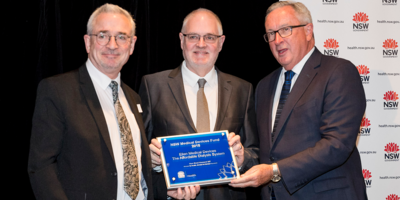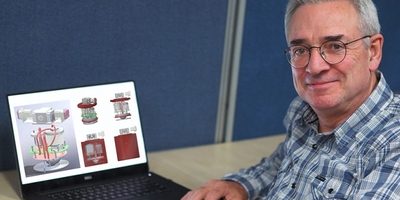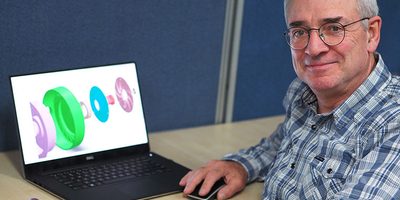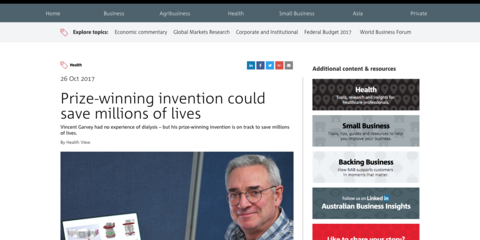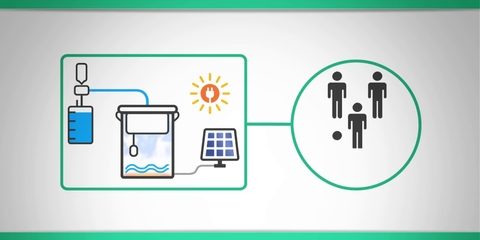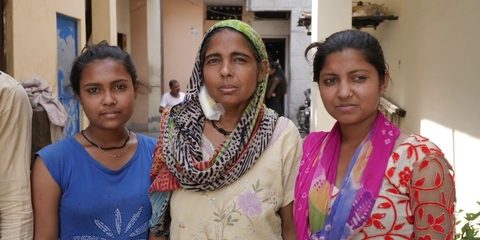
World's first affordable dialysis machine a finalist in the Eureka Awards
The George Institute for Global Health was celebrated at Australia’s most prestigious science awards tonight.

The George Institute was a finalist in the Johnson and Johnson Eureka Prize for Innovation in Medical Research for developing the world’s first affordable dialysis system which could save millions of lives each year.
Executive Director Vlado Perkovic said it was reflection on the huge need for an overhaul of dialysis and the result of a global team effort.
Professor Perkovic said: “To be a finalist is a fantastic achievement. It was only two years ago that we set out on a mission to change the way dialysis is delivered globally. Every year seven million people die because they cannot afford this life-saving treatment. Innovation in this area is urgently required, and is now within reach.
“This invention is a game changer in the way kidney disease will be treated around the world. The support we have received so far has been extraordinary and crucial. This makes us even more determined to get this invention out to those who need it the most as quickly as possible.”
Awards were given to 16 of Australia's leading scientists and science communicators.
Our team at the Australian Museum gala dinner also included inventor Vincent Garvey, George Institute kidney specialist Professor John Knight and International Society of Nephrology president Professor David Harris, from Westmead Hospital. The fifth member of the winning team is Professor Vivek Jha, head of The George Institute in India.
The prizes, billed as "the most comprehensive national science awards", were presented for outstanding contributions to Australian science, international collaboration and rural innovation.
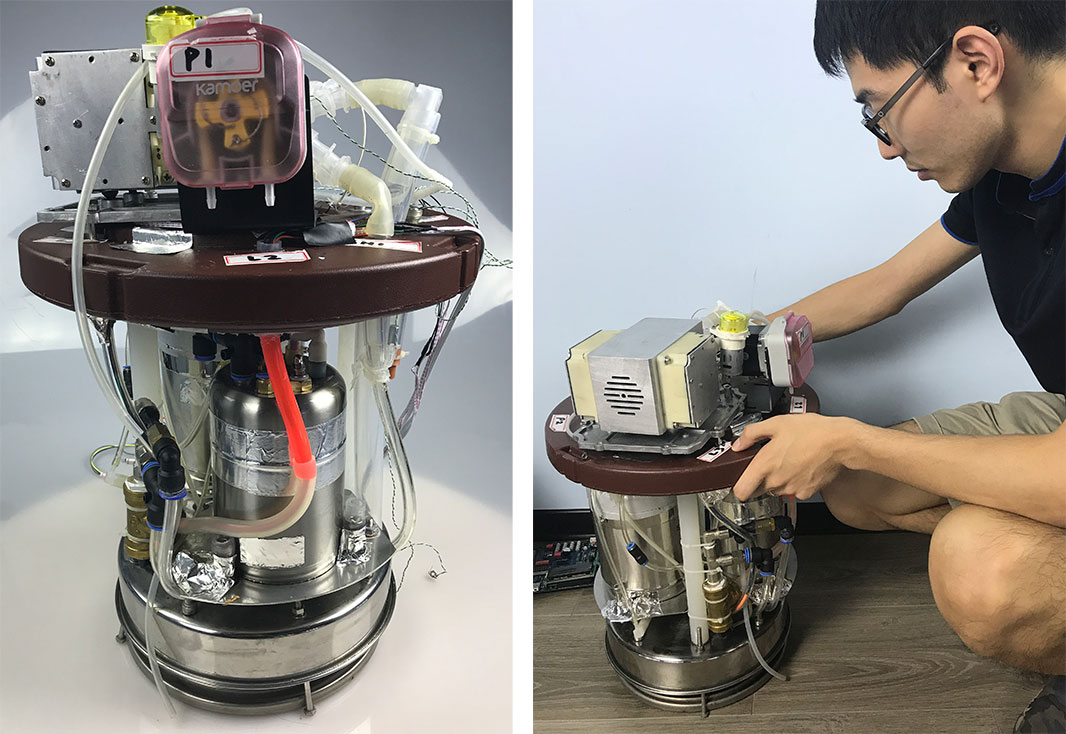
A prototype of the affordable dialysis machine is currently being built.
In 2015 The George Institute created a consortium to launch a competition to design the world’s affordable dialysis machine.
The winner was engineer, Vincent Garvey, who created an innovative system comprised of a water purifier, care station and solar panel.
Miniaturising aspects of existing dialysis systems, and combining this with technology from wearable devices and drones has allowed a breakthrough approach to be developed.
Each machine can be mass produced for US$850 and can provide dialysis for up to five people and is so small it can fit into a suitcase so is fully portable. It can also run off solar power and any water source.
Inventor Vincent Garvey said: “It’s pretty humbling to know that my work could make such a huge impact. It is this knowledge which has driven me from day one of this project, and we won’t stop until this system is up and running and out there saving lives.”
The affordable dialysis system will be used in low and middle countries, such as India, where it’s estimated that less than 30 per cent of people with end-stage kidney disease receive dialysis. But it could also transform the lives of patients with kidney disease living in remote communities in Australia.
Mr Garvey has taken out global patent protection and together with The George Institute has set up the Australian company, Ellen Medical Devices.
A prototype is currently being built with field trials with patients set to begin in March 2018. It is hoped approval by regulatory authorities could be in place by 2020 to launch the system around the world.
Now we need your help:
Interested in contributing to this initiative?
If you would like to make a donation to support our life saving project, DONATE HERE. Any gift would be hugely welcome and really will help us change the way kidney disease is treated for millions of people.
For large individual or corporate donations contact Prof John Knight at the George Institute on (02) 8052 4500
Newsletter
If you would like to be kept informed of our progress in this exciting project, go to the Ellen Medical Devices Contact page and enter your name and e-mail address. We’d be glad to send you regular email newsletters as the project progresses.





